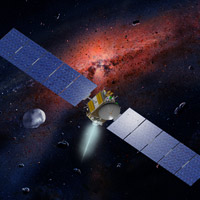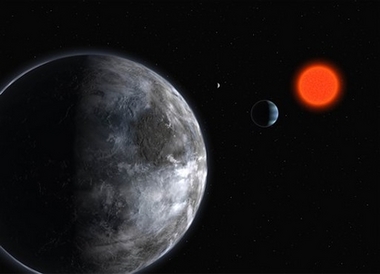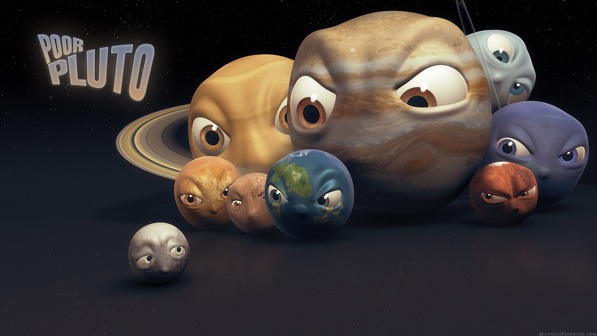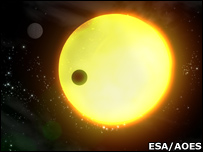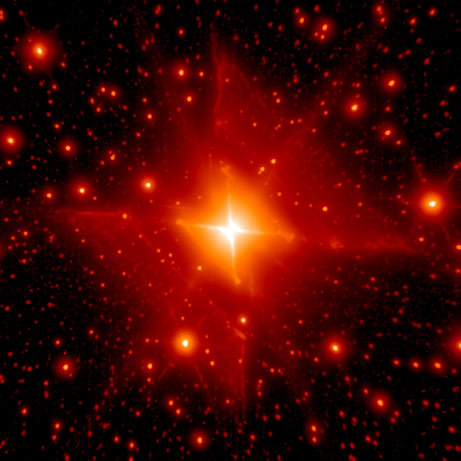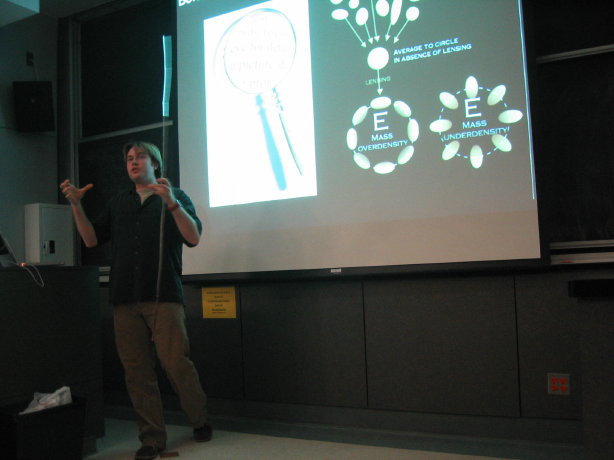Although we care deeply. It’s just late, I’m a bit woozy as I write this, and so I’m stretching a bit for a good title. This post is about gravitational waves. More accurately, it is about a rather good BBC programme about gravitational waves: What they are, why they are important, why we care, and what we’re doing to detect them. It’s Melvin Bragg and some guests on the “In Our Time†prime time programme. I recommend it as a pleasant, unscripted chat which has quite a bit of good introductory information. Even if you’re a bit busy, you can listen to it while doing some other task. Go on. Also, even if you know this stuff, it’s always amusing to hear the host apparently getting terribly confused and hung up on some points while trying to get to grips with the material. I can never tell if he’s faking it because he has decided that he has to reinforce the cliché -it’s physics so it must be hard, especially at this time in the morning- or whether he’s for real at these points. Either way, it makes for a rough-and-tumble conversational feel to the programme which is not altogether disagreeable.
Anyway, the key thing is this (and you’ve probably not heard this here first): In the entire history of science, every time we’ve figured out a new way of looking up at the sky, we’ve revolutionized our understanding of the universe. We’ve every right to expect the same of gravitational waves, once the technology matures. It’s exciting just thinking about it!

I’ll end with some relevant things to look at. Above is part of the LIGO detector (photo from NASA’s website). Here’s a link to the LISA detector that everyone hopes will […] Click to continue reading this post →


 I’ve not had time to look at this closely, but there’s been some remarkable news about the possible detection of water in the atmosphere of an extra-solar planet. Wow!
I’ve not had time to look at this closely, but there’s been some remarkable news about the possible detection of water in the atmosphere of an extra-solar planet. Wow!
